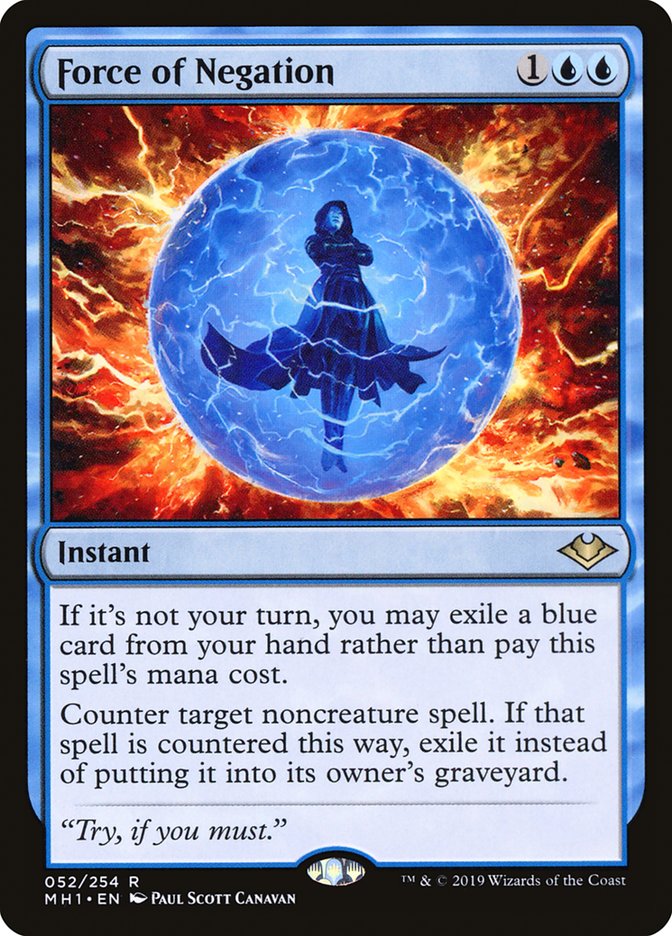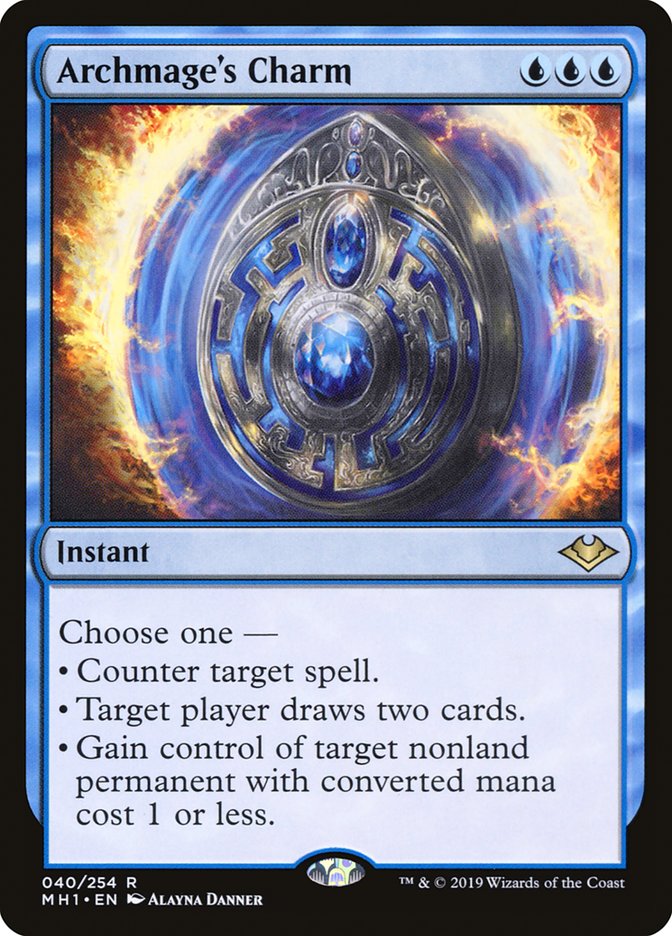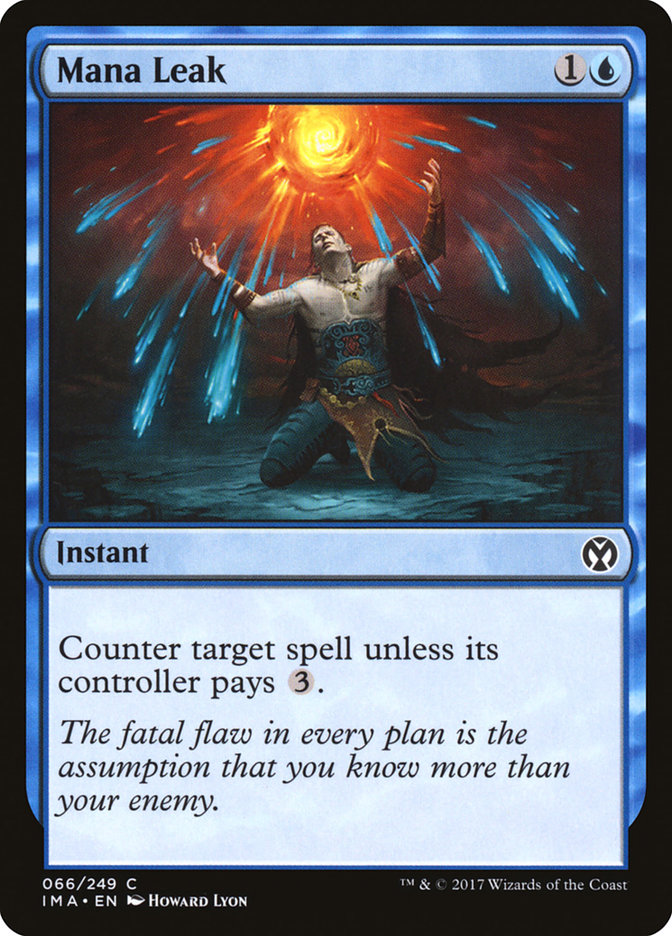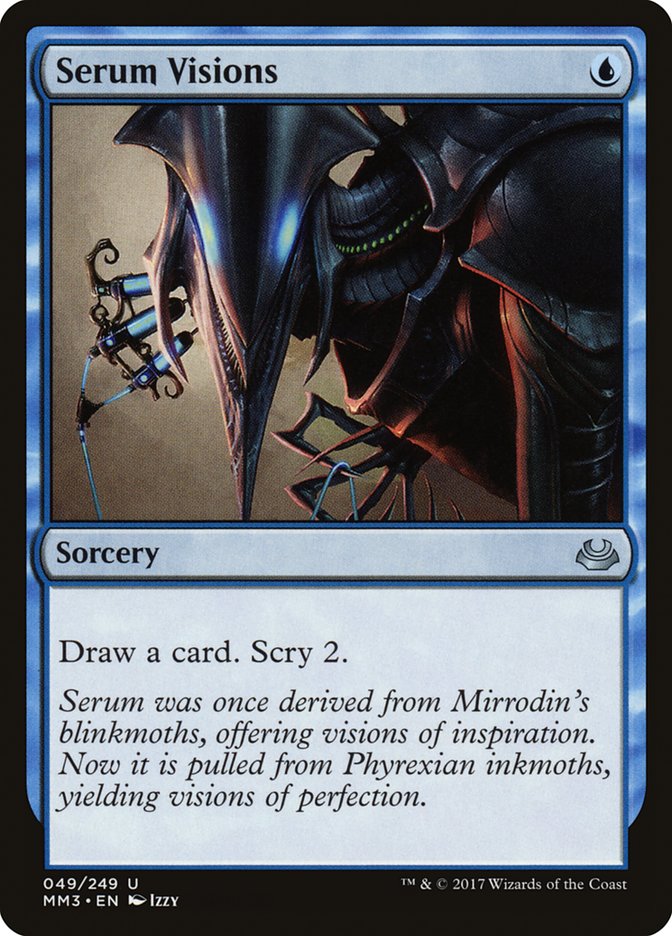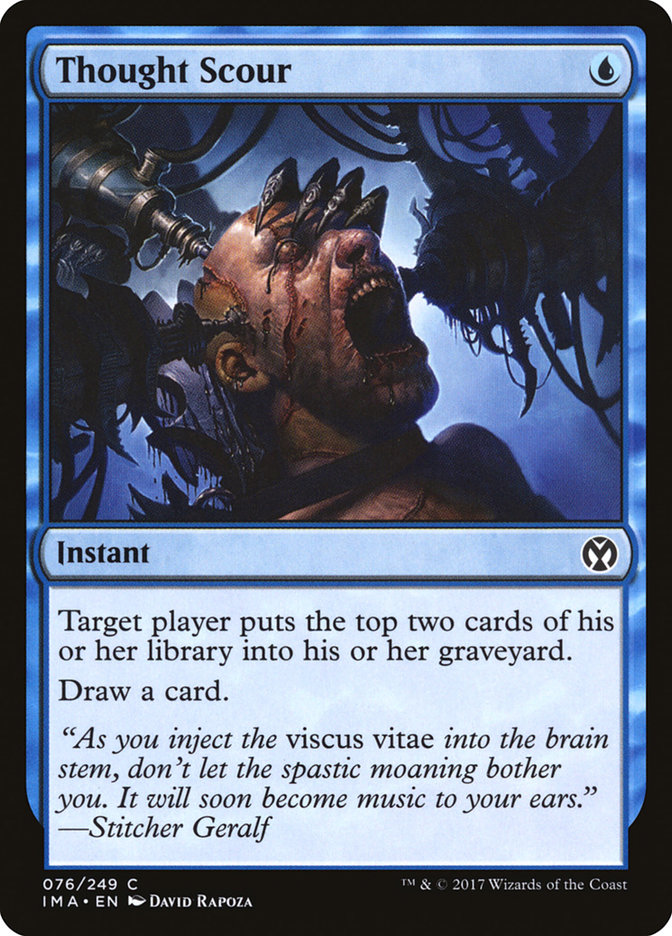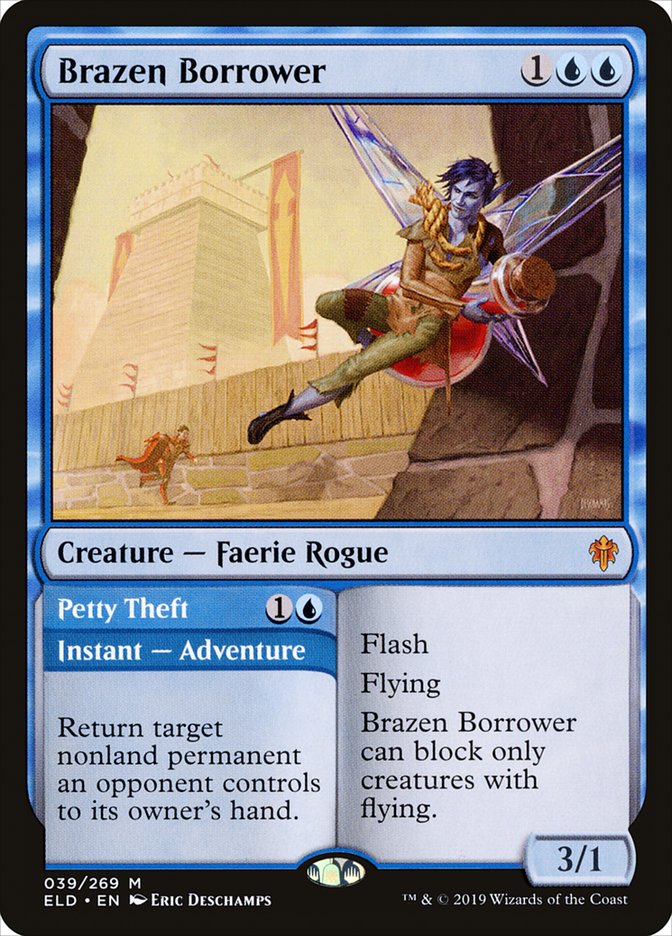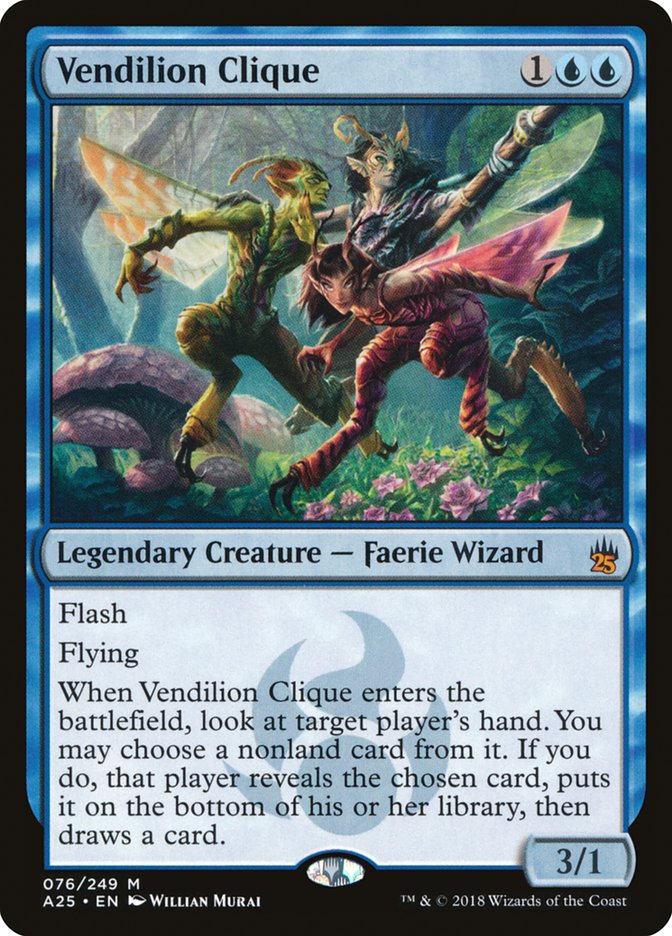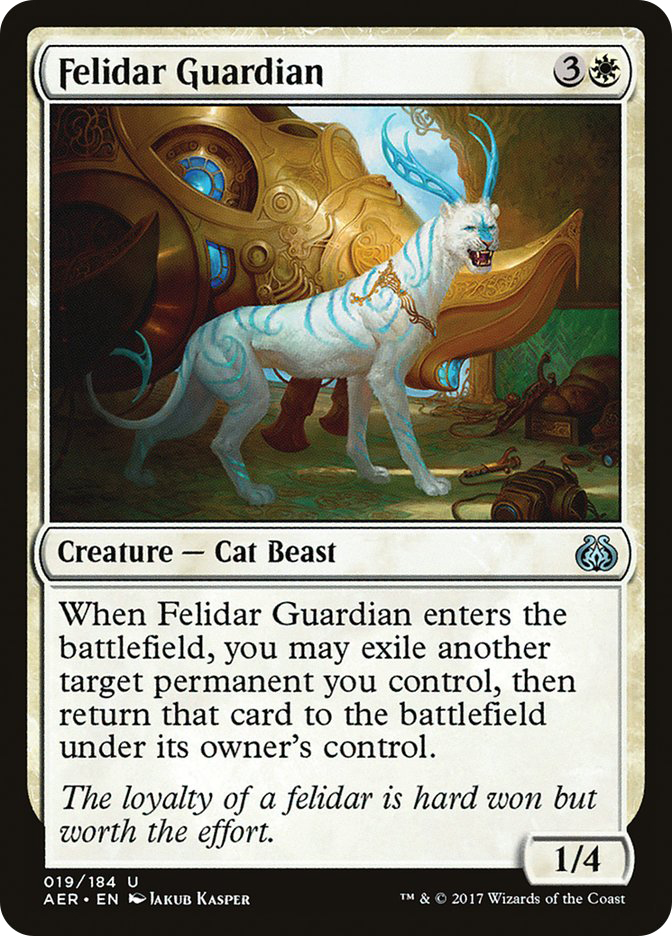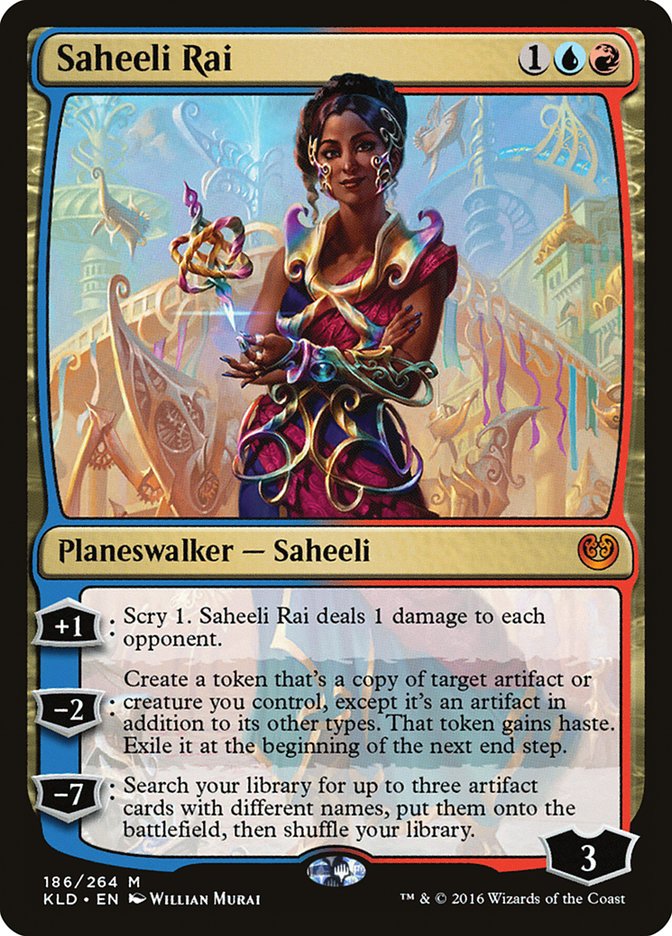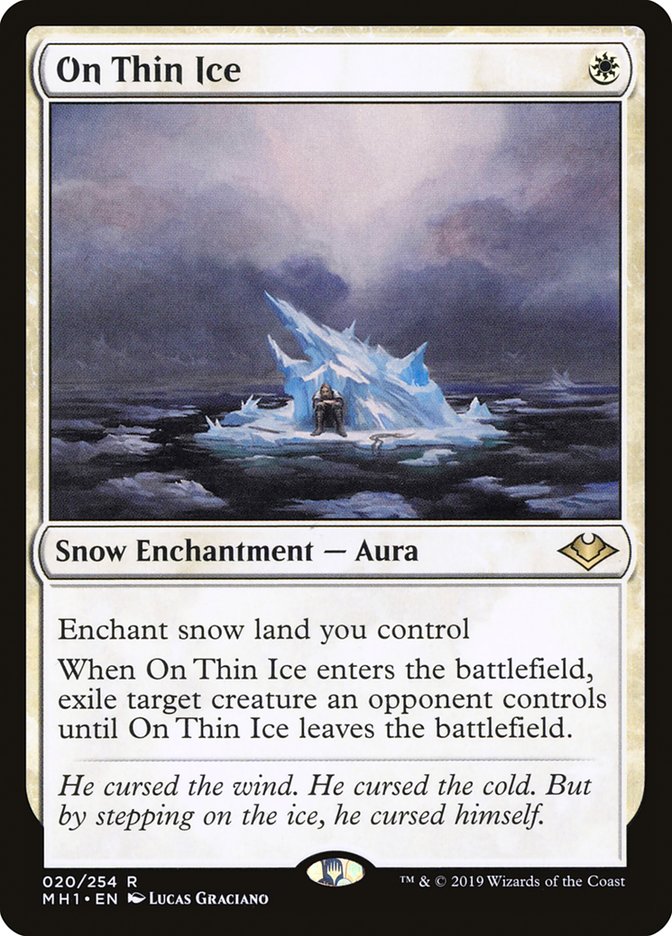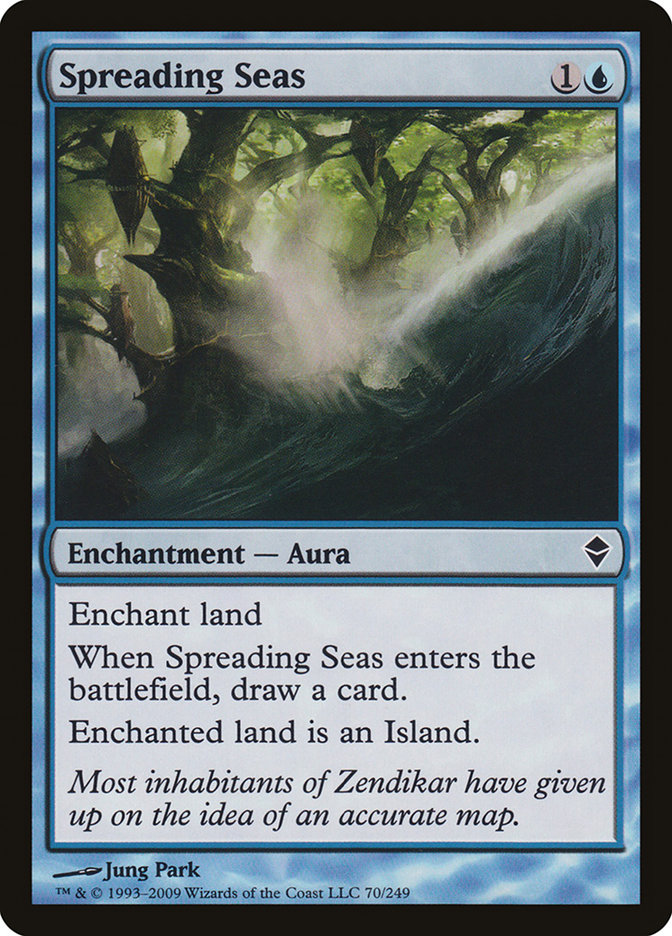With SCG Indianapolis this weekend, all eyes are on the Modern format. But you can still get a leg up on the competition, even if you aren’t playing the best (and most hated) deck in the room. The talk of the town for the last few weeks has been Urza, Lord High Artificer and Paradoxical Outcome. This one-two punch is a potent way to draw a ton of cards and generate an absurd amount of mana. To an extent, you feel like you’re playing Vintage, which is pretty terrifying. And while I personally think that Urza should be banned, my job is to help you beat it. Today’s article will examine two decks I think are favored in the matchup and have legs against the rest of the format.
Testing Modern on Magic Online has helped me learn a great deal about the format in a short period of time. Since the banning of Faithless Looting and Hogaak, Arisen Necropolis, I’ve played about 200 hours of Modern with a different deck in almost every League. And after examining dozens of archetypes, these two really stood out among the swath of mostly unknown decks.
But why do these decks stand out? Well, for starters, one is able to apply an immense amount of pressure while also providing you with solid, cheap disruption. The other is a proactive, powerful strategy that can go deep into the long game against the control and midrange decks or kill you on the fourth turn. Both archetypes have their strengths and weaknesses, so let’s go over what makes them tick and why I think they’re great choices for this weekend’s event.
First up is an archetype near and dear to my heart:
Creatures (13)
Lands (20)
Spells (27)

I’ve said for a while now that Delver of Secrets just wasn’t good enough for Modern. It doesn’t transform consistently and your opponents have too much removal. Well, what if they gave us Force of Will and everyone stopped playing so much removal?
While Force of Negation is no Force of Will, it’s certainly a great option for tempo-based archetypes in Modern. If you don’t care about countering stuff on your own turn and can apply some pressure to the opponent in a hurry, Force of Negation takes care of most problematic noncreature spells from the opponent. Jace, the Mind Sculptor coming down while you’re tapped out? Who cares! It’s gone. Paradoxical Outcome after your opponent casts an Urza, Lord High Artificer? Shut it down. Right now.
This archetype hits right in the sweet spot. When the format isn’t too hostile toward creatures and is vulnerable to counterspells, stuff like Izzet Delver can shine. When Jund or aggressive strategies like Humans are running rampant, decks like Izzet Delver really start to struggle. But if recent Modern results are any indication, most of your opponents will be playing some sort of degenerate combo deck. So why not hit them where it hurts?
Some of my greatest success in Magic has come from playing decks featuring Delver of Secrets and Snapcaster Mage, so what’s not to love? Killing creatures, countering spells, and constricting your opponent’s ability to resolve key spells? Sign me up, please! Will Delver of Secrets occasionally disappoint you? Sure, but it will also occasionally transform on the second turn revealing Force of Negation and your opponent is just dead.
Tempo decks have been my forte for the better part of the last decade, and I honestly thought this archetype was going to be a bust. However, the more I played with it, the better it felt, and the strength of the specific cards started to shine through. Let’s examine some specific card choices:
I know a lot of people who were low on this card when it was first previewed. All three of the effects usually cost about three mana, but who really wants to play Divination or Cancel in their Modern deck? Well, Archmage’s Charm really pushes that question, because those are the two modes that are most often used, and I can confidently say that having the option to do one or the other is outrageous. Oh, and in a pinch you can steal something cheap from the opponent. Do you know how good it feels to take your opponent’s Expedition Map before they can crack it for the third Tron piece?
It effectively kills a Death’s Shadow or steals a Noble Hierarch or Aether Vial, all while being a way to generate some card advantage in a grindy matchup or protect you from a big, bad spell from the opponent. It’s phenomenal.
This is a sore spot for me. I think Remand is actually really good right now, but I also know that Remand doesn’t actually solve the problems being posed. It just buys you time. In this format, in this archetype specifically, we don’t always kill our opponent with quickness, so having a hard answer to what they’re throwing at you is desirable.
Remand is also great at slowing the game down so you can hit your land drops and find specific pieces of interaction or combos. Remand also shines when the average converted mana cost of the format hovers around the two-mana mark. At the moment, I don’t believe that to be the case, so I’d rather have the hard answer than the one that just slows them down a bit.
I was under the impression that Thought Scour was better than Serum Visions because it helped us play at instant speed on our opponent’s turn. However, after trying Thought Scour in this iteration over Serum Visions, I no longer believe that to be the case. Serum Visions is one of the only cards that can guarantee a Delver of Secrets transformation, but it also helps ensure you hit land drops early or avoid land drops as the game goes late.
If you want to move into three colors with delve creatures like Hooting Mandrills or Gurmag Angler, I absolutely think Thought Scour is the correct choice, but only having two delve spells and them being removal just means you need to interact and play normal Magic to turn it on. And in that scenario, I might cut Opt and still play Serum Visions for the reasons listed above.
I’ve chosen Brazen Borrower over the (more reliably good) Vendilion Clique for the synergy with Young Pyromancer, as well as the singleton out to a random permanent that Modern might throw at you. Vendilion Clique rarely targets the opponent to strip them of a specific card and almost always allows me to cycle a mostly dead spell into something more useful. And while that’s certainly solid, the extra utility of Brazen Borrower is quite strong.
The only real downside to choosing Brazen Borrower is that it can’t block creatures without flying, and Vendilion Clique playing defense happens more often than you might think. Regardless, I’ve won a few games with Brazen Borrower already thanks to Petty Theft that I don’t think I would have won if it were Vendilion Clique instead. Bouncing an Ensnaring Bridge was key in one particular spot, but just returning random things to your opponent’s hand means you can counter them on the follow-up.
If I were playing this weekend instead of casting alongside Ryan Overturf, I’d definitely be playing Izzet Delver, but there was one other archetype that I really liked that I think could be right up your alley.
Creatures (12)
Planeswalkers (9)
Lands (23)
Spells (16)

For the uninitiated, Saheeli Rai can use its minus ability targeting Felidar Guardian, which can blink and reset Saheeli Rai. Rinse and repeat, make infinite 1/4 creatures, and then attack for lethal!
I haven’t played a deck in a long time that felt like Temur Twin, but this one comes extremely close. Not only do you have effectively the same Splinter Twin combo, albeit at sorcery speed, but you also get to play Stoneforge Mystic and another stellar two-drop. Ice-Fang Coatl is exceptional in this archetype, acting as a body for your Equipment as well as a removal spell for your opponent’s creatures. Oh, and it also just draws a card every time? What’s not to love!
The trick to making this deck really work is finding ways to make the blink ability of Felidar Guardian useful. Planeswalkers are a fantastic way to do just that, as the activation followed by a blink and another activation is quite strong. I especially love doing it with Teferi, Time Raveler to bounce random permanents, keeping my opponent off-balance while drawing an extra card or two. Blinking your own Stoneforge Mystic or Ice-Fang Coatl, or even just the Arcum’s Astrolabe, is good enough.
Speaking of Teferi, Time Raveler, it shines in this archetype. Since your combo works at sorcery speed, your opponent can break it up with several different disruptive elements. Teferi, Time Raveler shuts them all down, while also being a way to slow the opponent down or even sometimes completely invalidate what they’re doing. The added utility of cycling makes sure your opponent will always have to interact with you, but they’re usually doing so at negative card economy. Separately, your cards aren’t all that powerful, but together you start putting your opponent in some tough spots, and you can do exactly that with a high number of two-card combinations.
Saheeli Rai isn’t as easy to make useful, but on a dry battlefield it’s certainly solid. You can’t use the ability to ping an opposing planeswalker anymore, but getting to scry every turn is pretty solid, and the occasional minus on a Sword of Fire and Ice or Ice-Fang Coatl gives you some added value.
I’ve thought Path to Exile was horrendous for quite some time and simply a necessary evil. And while On Thin Ice doesn’t necessarily remove opposing creatures with the same efficiency or speed, there’s something glorious about it in this archetype. Not giving your opponent a land is awesome, but there’s some added value in being able to reset it later in the game with a Felidar Guardian. I can’t tell you how many times I’ve started by eliminating a Noble Hierarch in the early turns, only to strip my opponent of a much more useful creature as the game continues. And if you get to target a Walking Ballista or Hangarback Walker, woof.
On Thin Ice suffers from being vulnerable to Engineered Explosives, but that’s just one of the reasons why Paradoxical Outcome (and Ironworks before it) is so tough to beat. You need some method of interaction that isn’t vulnerable to Engineered Explosives, but you also don’t want to stifle your own stuff. After sideboard, you get some number of ways to prevent this, but I wouldn’t recommend exiling your opponent’s Urza, Lord High Artificer unless absolutely necessary.
A fine maindeck answer to big mana, Spreading Seas can hurt your opponent’s early development while cycling. Shut off one of their colors while drawing a card, and later on you can reset the Spreading Seas to take care of a more problematic land with Felidar Guardian, drawing another card to boot!
I think stuff like Mono-Green Tron could be problematic for this archetype, which is why the maindeck Spreading Seas are awesome, but I think that maindeck Blood Moon in our four-color deck might actually just be great as well. I sideboard in Blood Moon quite a bit and rarely have problems, which says a ton about the strength of Arcum’s Astrolabe. When you’re playing Arcum’s Astrolabe, you can virtually do whatever you want.
This is one of the cooler additions to the archetype, giving us another angle of attack. If your opponent doesn’t kill your early threat, you get to bury them with a Batterskull. If they do kill it, that means your opponent has one fewer pieces of interaction for your combo, and you still get a card out of the deal. While that card is a random piece of Equipment, it can be turned into a real piece of cardboard with Jace, the Mind Sculptor or a creature to equip to.
I don’t have to sell you on Stoneforge Mystic, I’m sure, but putting it into an archetype like this just makes sense. Pressure your opponent from multiple angles, stretch their resources thin, and eventually topple them with infinite Cats or just some powerful planeswalkers. I don’t actually win a ton of games with the Felidar Guardian combo, but that just means it’s a lot like Splinter Twin! Having the combo to beat opposing unfair decks is great, but the strength of the deck lies in being able to win the game in several different ways. We don’t have Snapcaster Mage beats, but we can function a lot like a control deck when we need to.
I think both these decks would be great choices for this weekend, and the best part is that you don’t have to play something like Paradoxical Outcome. I’m not a huge fan of tedious combo decks that force you to perform hundreds of actions to actually win the game, but if that’s your thing, then I would absolutely want to steer you in the right direction. Urza Outcome is the best deck in the format, but it’s also not that much fun to play with or against. I also expect it to be banned at some point soon, so if you think you might like either of these other two archetypes, I hope you’ll give them a try. To boot, I think they’re both solid against Urza Outcome, but the best deck is exactly that for a reason.
While I won’t be playing in the event, I will be in attendance this weekend as a caster at SCG Indianapolis, so feel free to stop by the booth and say hello if we’re between rounds. And please, let me know if you decided to play either of these decks! This weekend should be a lot of fun, and I’m hoping people bring more to the table than just Urza Outcome. Modern is full of variety at the moment, and I’m rooting for some of the unsung heroes of the format this weekend.
I’m always looking for something new to try.


